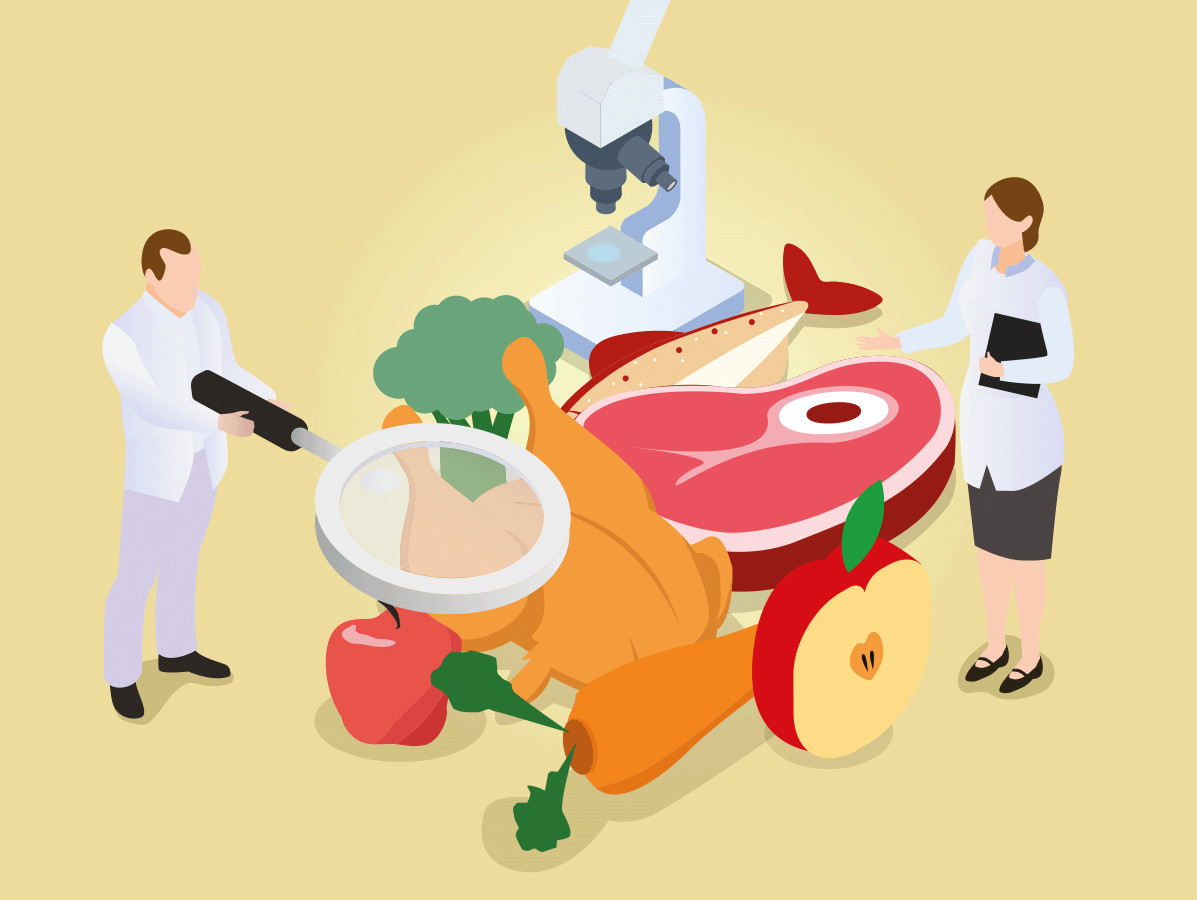
The European Commission has issued clarification on preventing cross-contamination with allergens. The practical guide shows that cross-contamination cannot always be prevented and the legal requirements should therefore be seen as an obligation of effort. Cross-contamination is recognised, with an important role for allergen risk assessment and Precautionary Allergen Labelling (PAL). This has so far not been highlighted in European legislation and explanatory notes.
The new Commission Notice has been released (September 2022) for the Hygiene Regulation (EC) No 852/2004. This has stated since 2021 that cleaning must be done after handling allergens. But so now it has also been recognised that cross-contamination cannot always be prevented.
This document replaces the 2016 version. The notice gives a practical interpretation of the requirements in the Hygiene Regulation, such as HACCP, prerequisite programmes (PRP) and Good Hygiene Practices (GHP). Although the text of the Commission Notice is not legally binding, it is explicitly stated that the content is intended for companies but also for authorities so that they will interpret the requirements in a similar way.
The Hygiene Ordinance describes that cleaning should be done after handling allergens, with visual clean as the criterion. In practice, cleaning or a visual check is sometimes not possible or only partially possible. Clarification on the background and correct interpretation of these requirements is therefore very useful.
The preventive measures and points of attention described go beyond the legal text, which only mentions cleaning and visual inspection. The explanatory document makes it clear that the legal text should be read as an obligation of effort. Measures must be taken to prevent cross-contamination with allergens. But it is recognised that preventive measures and cleaning are not always sufficient.
The role of allergens within HACCP has been further clarified by the Notice. Allergens are a hazard that must be controlled within an HACCP plan by various preventive measures. Cleaning to control allergens is mentioned as an example of a measure that is not normally classified as a CCP, but should be seen as a basic measure within a food safety system. These basic measures fall under Good Hygiene Practices (GHP) or the somewhat broader prerequisite programmes (PRP). Preventive measures to avoid the unintended presence of allergens therefore belong in the PRPs and do not actually fit into the process hazard analysis.
Source: Allergenen Consultancy